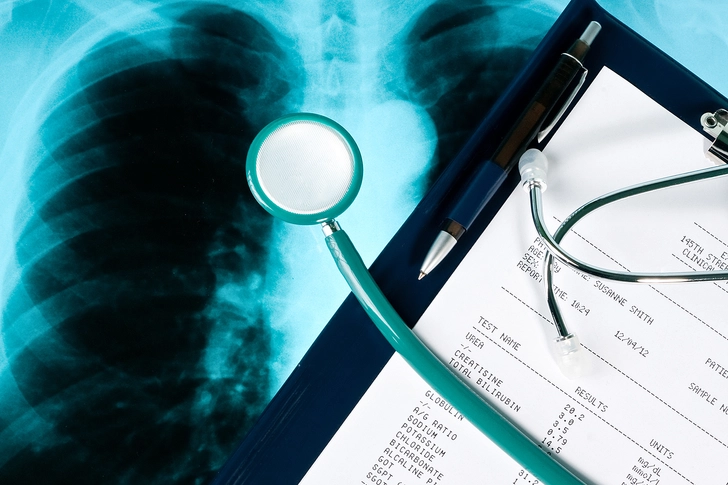Introduction to Multiple Myeloma Symptoms


Introduction to Multiple Myeloma Symptoms
Multiple myeloma is usually diagnosed in people aged 65 to 74. It can be challenging to diagnose early because it doesn't usually cause any symptoms until it's advanced enough to cause organ damage.

Early Signs and Symptoms
Early signs of multiple myeloma may include bone pain, weakness, extreme fatigue, and brain fog. You may also notice severe thirst, loss of appetite, and unexplained fever.


Symptoms of High Calcium
High calcium levels in the blood, or hypercalcemia, can cause increased thirst, frequent urination, and dehydration. Other symptoms include weakness, bone pain, headaches, and constipation.

Kidney Problem Symptoms
Kidney damage may cause symptoms such as confusion, fluid retention, cramps, dry skin, and poor appetite.

Anemia Symptoms
Anemia is common in multiple myeloma patients, leading to fatigue, chest pain, dizziness, pale skin, and shortness of breath.

Leukopenia Symptoms
Low white blood cell count, or leukopenia, increases the risk of infections. Signs of leukopenia include mouth sores, fever, sore throat, and pain when you pee.

Thrombocytopenia Symptoms
Thrombocytopenia, or low platelet count, can lead to easy bruising, bleeding gums, blood in your poop, pee, or vomit, and heavy menstrual periods.

Bone Damage Symptoms
Multiple myeloma weakens bones, increasing the risk of fractures. Symptoms include bone pain, most commonly in your back, hips, or skull, weakness, and bone fractures from minor injuries.
PHOTO CREDITS:
Slide 1: sebra/Shutterstock
Slide 2: fizkes/Shutterstock
Slide 3: piotr_pabijan/Shutterstock
Slide 4: CandyRetriever/Shutterstock
Slide 5: staras/Shutterstock
Slide 6: Zay Nyi Nyi/Shutterstock
Slide 7: Zay Nyi Nyi/Shutterstock
Slide 8: Orawan Pattarawimonchai/Shutterstock
Slide 9 : staras/Shutterstock
SOURCES:
International Myeloma Foundation: "International Myeloma Working Group (IMWG) criteria for the diagnosis of multiple myeloma."
Merck Manual: "Consumer Version: Overview of Plasma Cell Disorders."
American Cancer Society: "Can Multiple Myeloma Be Found Early?" "About Multiple Myeloma," "Lifetime Risk of Developing or Dying from Cancer," "Signs and Symptoms of Cancer," "Signs and Symptoms of Multiple Myeloma," "What Are the Risk Factors for Multiple Myeloma?" "Key Statistics About Multiple Myeloma."
Cleveland Clinic: "Multiple Myeloma," "Bone Pain," "Hypercalcemia," "Kidney Failure," "Anemia," "Low White Blood Cell Count (Leukopenia)," "Smoldering Multiple Myeloma (SMM)."
American Society of Clinical Oncology (ASCO): "Multiple Myeloma: Risk Factors," "Multiple Myeloma Guide."
Mayo Clinic: "Multiple Myeloma."